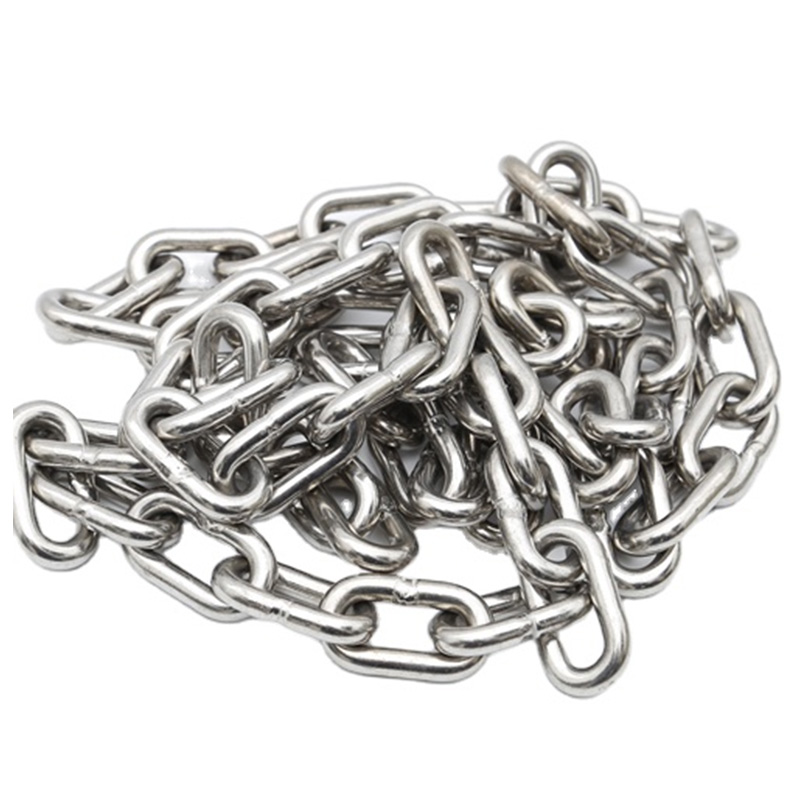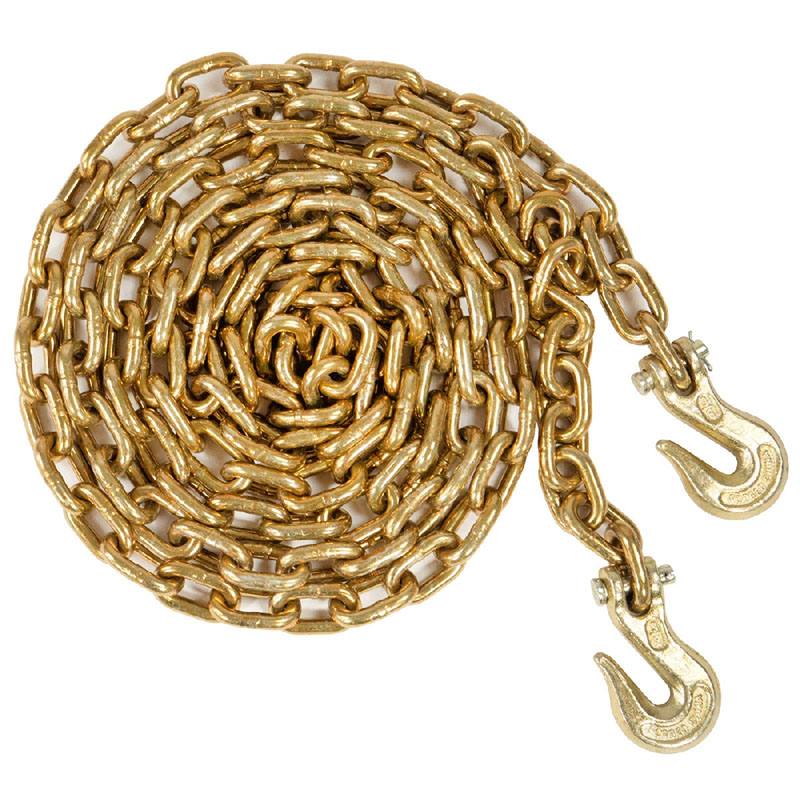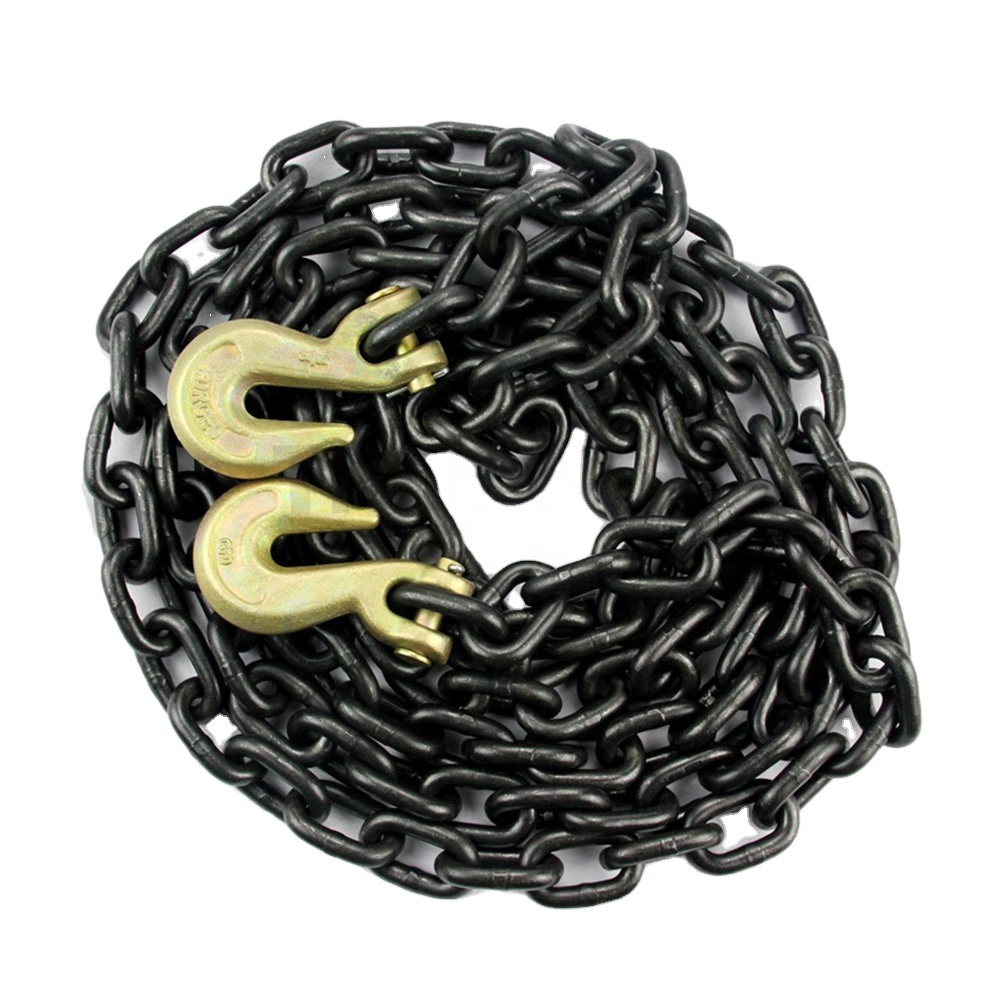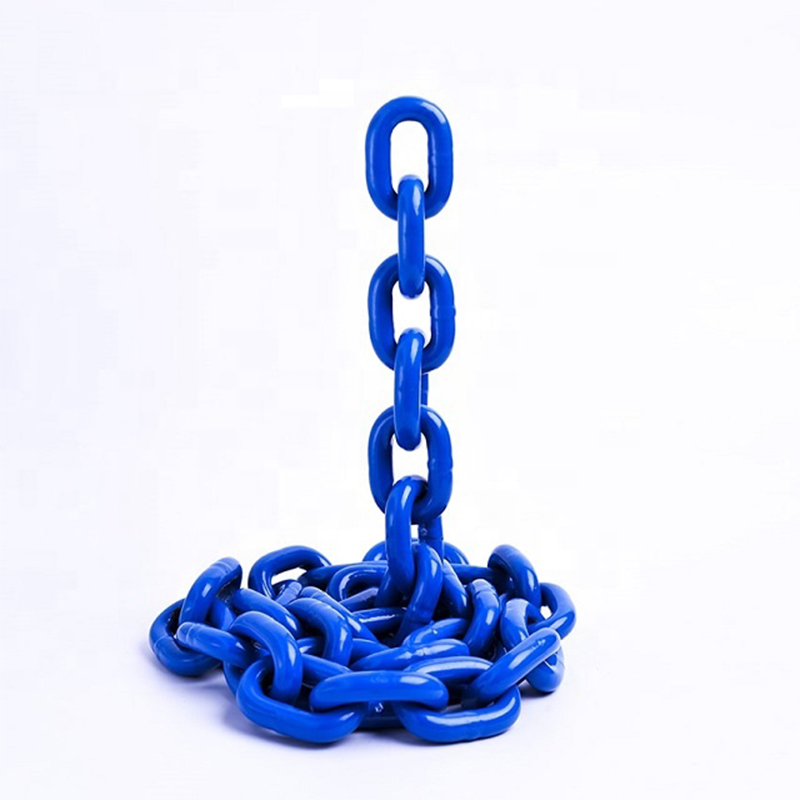Our staff will contact you within 12 hours, You can also contact us through the following ways:
Contact US WhatsApp: +8618766656705
- Email: [email protected]
- Tel: +8618766656705
- Web: https://www.toponechain.com/
When it comes to heavy lifting operations, choosing the right lifting chain grades and understanding the details of each lifting chain link are crucial. From construction and mining to shipping and manufacturing, lifting chains must meet strict safety and performance standards. For buyers, evaluating the right specifications and comparing the lifting chain price can make a big difference in both safety and cost efficiency.
The grade of a lifting chain refers to the strength level of the alloy steel used. Each grade is tested and certified for specific load capacities and applications.
Grade 80 (G80): The industry standard for overhead lifting. Strong, durable, and widely available.
Grade 100 (G100): About 25% stronger than G80, offering higher working load limits with the same chain size.





Every lifting chain link is carefully engineered to deliver consistent strength and durability. The manufacturing process includes:
Forging and heat treatment for maximum tensile strength.
Quenching and tempering for wear resistance.
Precision calibration to maintain accurate dimensions.
Chain links are typically round steel links, allowing flexibility while distributing loads evenly. Each link is tested for proof load and elongation to guarantee safety.
The lifting chain price varies depending on several key factors:
Grade of Chain: Higher grades (G100, G120) are more expensive due to stronger alloy composition and stricter testing.
Chain Size (Diameter): Larger diameters provide higher working load limits but cost more per meter.
Length and Configuration: Longer chains or custom slings with hooks and master links increase price.
Surface Treatment: Black painted, powder-coated, or galvanized finishes can affect durability and cost.
Certification: Chains with CE, TÜV, or ISO9001 certification may carry a premium but guarantee quality and safety.
Chain Grade | Strength Level | WLL Increase vs G80 | Typical Applications | Price Level |
G80 | Standard alloy steel | Baseline | Construction, logistics, light industry | $ |
G100 | Higher strength | +25% | Mining, shipbuilding, heavy machinery | $$ |
G120 | Advanced alloy | +50% | Offshore, extreme lifting operations | $$$ |
This table highlights why many buyers evaluate both performance and lifting chain price when selecting the right chain grade.
When selecting a lifting chain, consider:
Load Capacity: Match the chain grade and size to your maximum working load.
Application Environment: Use corrosion-resistant finishes in marine or chemical industries.
Safety Standards: Ensure chains are certified and meet local regulations.
Supplier Reliability: Choose manufacturers that provide clear specifications and test certificates.
Lifting chains are widely used in industries where strength, durability, and safety are critical:
Construction – For lifting steel beams, precast concrete, and heavy machinery at job sites.
Mining – Handling drilling tools, conveyor parts, and other heavy mining equipment.
Shipbuilding & Marine – Moving anchors, engines, and steel components in corrosive environments.
Manufacturing – Lifting molds, tanks, and prefabricated structures with precision.
Transport & Logistics – Securing and lifting heavy cargo during loading and unloading operations.
Offshore & Oilfield – Withstanding extreme conditions for rigging and heavy-duty lifting offshore.
Understanding lifting chain grades helps determine the right balance between strength and cost. Evaluating each lifting chain link ensures durability and safety during operation. And by comparing the lifting chain price across grades and suppliers, buyers can make informed, cost-effective decisions.